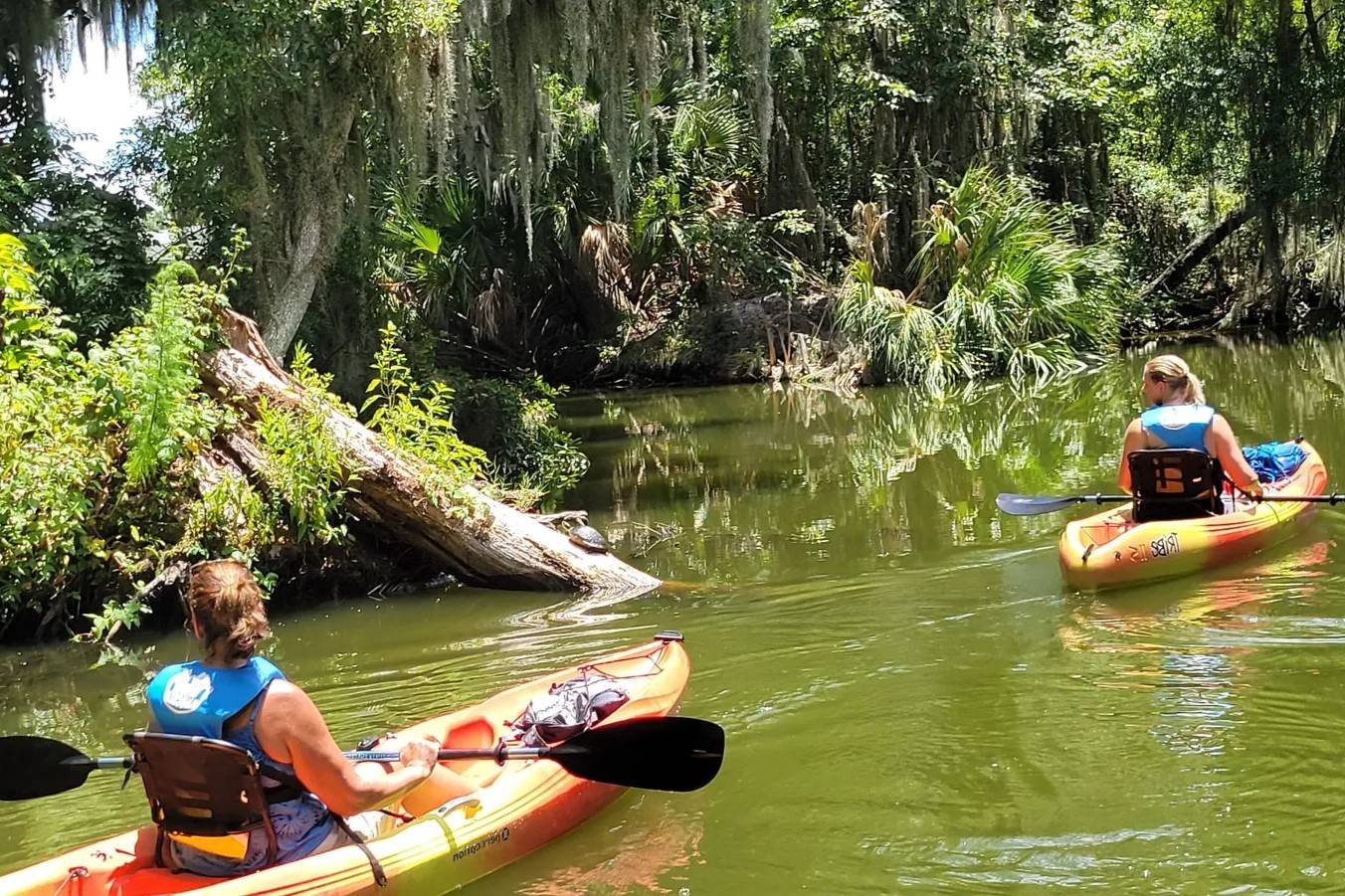Secrets Of Florida’s Ancient Canoe Canals

Have you ever wondered about the hidden history of Florida? One of the most intriguing aspects is the ancient canoe canals. These waterways, carved by indigenous people, tell stories of travel, trade, and daily life long before modern roads existed. Imagine paddling through these historic routes, surrounded by lush landscapes and wildlife. The ancient canoe canals offer a unique glimpse into the past, showing how early Floridians navigated their world. Whether you're a history buff or nature lover, exploring these canals can be a fascinating adventure. Ready to dive into Florida's rich history? Let's paddle through time together!
Florida's Ancient Canoe Canals: A Journey Through Time
Florida's ancient canoe canals are a fascinating glimpse into the past. These waterways, carved by indigenous peoples, tell stories of trade, travel, and daily life. Let's explore some of the most intriguing canoe canals in Florida.
1. The Miami Circle
Located in downtown Miami, the Miami Circle is a prehistoric archaeological site. Discovered in 1998, this circular formation of holes carved into limestone is believed to be the remnants of a Tequesta village. The site offers a unique look into the lives of the native people who once inhabited the area.
2. The Pine Island Canal
Pine Island Canal, situated in Lee County, is one of the longest ancient canals in Florida. Stretching over four miles, it connected Pine Island to the mainland. This canal was crucial for the Calusa people, facilitating trade and transportation. Today, visitors can explore the remnants of this ancient engineering marvel.
3. The Ortona Canals
The Ortona Canals, located near Lake Okeechobee, are a network of prehistoric canals built by the Belle Glade culture. These canals were used for irrigation and transportation, showcasing the ingenuity of the native people. The site includes several well-preserved canals and mounds, providing a window into the past.
4. The Fort Center Canals
Fort Center, situated in Glades County, is an archaeological site with a complex system of ancient canals. These waterways were used by the Belle Glade culture for agriculture and transportation. The site also features earthworks and burial mounds, offering a comprehensive look at the region's prehistoric inhabitants.
5. The Crystal River Archaeological State Park
Crystal River Archaeological State Park, located on Florida's Gulf Coast, is home to several ancient canals. These waterways were used by the people of the Weeden Island culture for transportation and trade. The park also features burial mounds, temple mounds, and a museum, making it a must-visit for history enthusiasts.
6. The Canoe Canal at Mound Key
Mound Key, an island in Estero Bay, is believed to be the ceremonial center of the Calusa people. The island features a canoe canal that provided access to the interior of the island. Visitors can explore the island's mounds and canals, gaining insight into the lives of the Calusa.
7. The Shell Mound at Cedar Key
Cedar Key, located on Florida's Gulf Coast, is home to a large shell mound built by the Timucua people. The mound includes a canoe canal that allowed easy access to the Gulf of Mexico. Today, the site is part of the Cedar Key Museum State Park, where visitors can learn about the area's rich history.
8. The Canoe Canal at Big Mound City
Big Mound City, located in Palm Beach County, is an archaeological site with a network of ancient canals. These waterways were used by the Belle Glade culture for transportation and irrigation. The site also features several large mounds, providing a glimpse into the region's prehistoric past.
9. The Canoe Canal at Fort Walton Beach
Fort Walton Beach, situated in the Florida Panhandle, is home to an ancient canoe canal built by the Fort Walton culture. This canal connected the settlement to nearby waterways, facilitating trade and transportation. The site also includes several mounds and a museum, offering a comprehensive look at the area's history.
10. The Canoe Canal at Lake Jackson Mounds
Lake Jackson Mounds, located near Tallahassee, is an archaeological site with a prehistoric canoe canal. This canal was used by the Fort Walton culture for transportation and trade. The site features several large mounds and a museum, making it a fascinating destination for history buffs.
Florida's Ancient Canoe Canals: A Glimpse into the Past
Florida's ancient canoe canals offer a fascinating look into the lives of the region's early inhabitants. These waterways, carved by hand, reveal the ingenuity and resourcefulness of the people who once navigated them. Visiting these sites provides a unique opportunity to connect with history and appreciate the craftsmanship involved.
Exploring these canals not only enriches our understanding of Florida's past but also highlights the importance of preserving such historical treasures. Whether you're a history buff or just curious about the state's heritage, these ancient pathways offer something for everyone.
Next time you're in Florida, consider taking a detour to explore these remarkable canals. You'll gain a deeper appreciation for the state's rich history and the people who shaped it.

